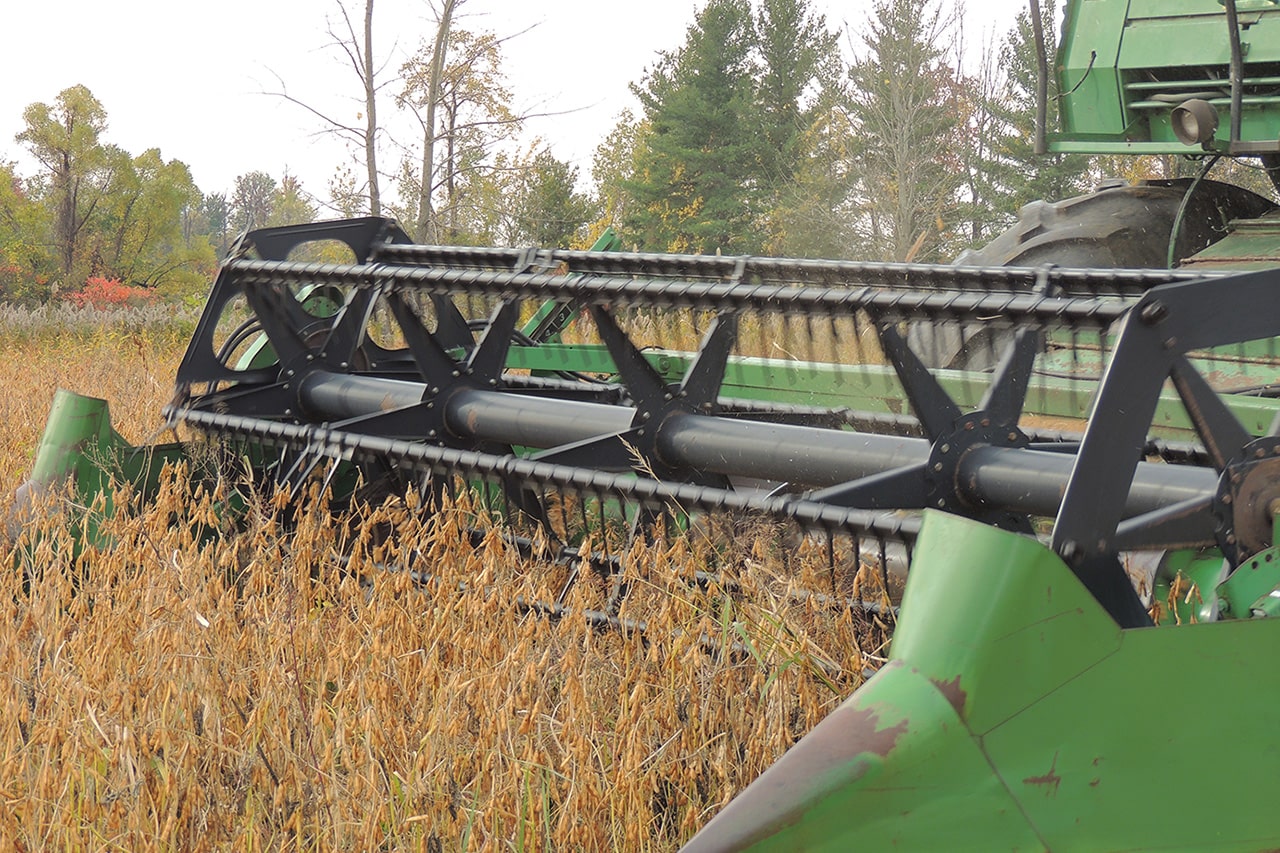There are different varieties of crops and out of them, there are few which require additional settings in the combine. One good example of such crops is soybeans which require greater attention when it comes to the combine settings. In order to harvest efficiently, the John Deere combine settings soybeans must be done properly. By doing so, there will be a great help in reducing grain loss without putting much effort.
Reasons for Loss of Grain
It is true that combine settings depend on the type of crop and harvesting conditions. There are many experienced farmers who are very well aware of the specific three main areas where the loss of grain occurs heavily.
• In the combine
• In the header section
• During the pre-harvested stage
It is seen that maximum loss of grain which is about 70-80 %occurs in the header section. There are many farmers who might find soybean harvesting a difficult task, especially during the autumn season. It is suggested to follow proper John Deere combine settings soybeans in order to get a better yield of crops.
Tips to be Followed for John Deere Combine Settings forSoybeans
• The first and foremost thing to be followed during John Deere combines settings soybeans is to review the operator’s manual. It is important to check the combine settings before taking it into the field. Farmers have to adjust the combine setting according to the crop and field condition.
• In John Deere combine settings soybeans, ensure that the cutter bar is adjusted to the lowest possible level especially in case of the short variety of soybean. It is particularly in case of the dry ones.
• For the short variety of the crops, few adjustments are required in the combine settings like cutter bar, reel, auger etc. It is done so that farmers can be ensured that stems are getting fed into the feeder house through the platform in a smooth manner.
• While doing John Deere combine settings soybeans, a routine checkup of the knives, ledges, wear plates, etc. should be done. To avoid any hassle in the future, it is advised to keep spare parts handy.
• The sharpness of the sickle must be checked. A bluntly sharpened sickle may push the stem over instead of cutting them neatly and properly.
• The guards and header should be adjusted properly by following the operator’s manual. As summarized in the manual, the correct engagement of the angle should be checked and ensured.
• Farmers must ensure that stems are getting cut properly across the header section. If there is an issue, then examine the header angle, blades and other header settings. This can be the real cause which is affecting the cutting off the stems. To function it smoothly, you can reduce the ground speed and check again.
• The reel speed and ground speed should be adjusted following the manual. It should match the condition of the crop in the field. It is recommended that the reel speed should be maintained 25 % faster than the ground speed.

